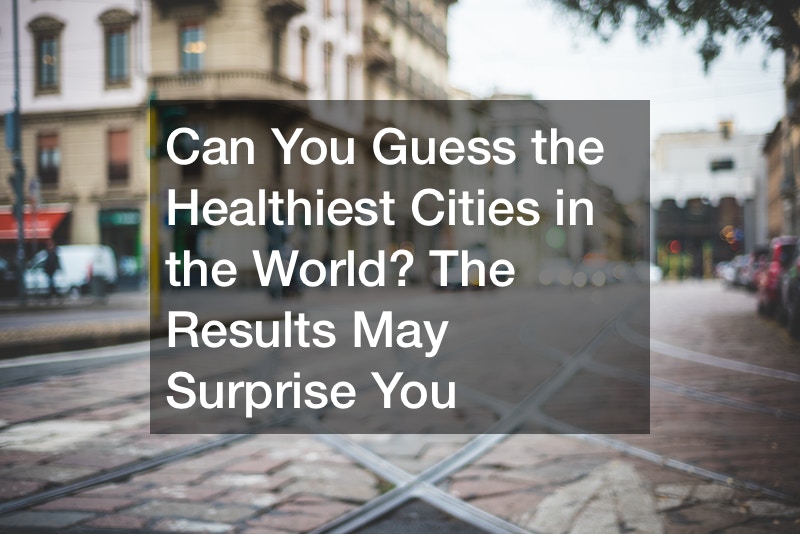Your overall health depends on many different factors, but much of it can be impacted by your actions and the healthcare that is available to you. If you don’t know about health insurance, the entire system can be intimidating and confusing. So it can be difficult to get the care you need at an affordable rate. If you have a limited income and need health care, look into affordable health care options in your community. Your local hospital might offer affordable care rates if you work with their billing department to figure out your cost. This can cut your payment significantly, but it might require more work on your end.
If you need long-term care, you might have to work with advocacy groups in order to find an affordable care company to work with. Certain groups can assist you with home care management as well as with figuring out doctor visits and treatment. Again, this will require research on your part. So if you need help with that, talk to charities and assistance programs in your area. They will be able to help you get started.
Have you ever wondered what the healthiest place in the world is? And how those figures are even determined? A recent analysis conducted by Spotahome has revealed some very interesting data — and it might even determine where you decide to live next.
The rental agency decided to analyze data from the World Health Organization, TripAdvisor, the CIA World Fact Book, and other sources to assess which cities are the healthiest. The criteria included obesity rates, life expectancy, gym accessibility, general health, the prevalence of green spaces, number of vacation days, work-life balance, the number of daylight hours, air and water quality, and even the number of electric car charging ports.

Some of the healthiest cities can be found in northern Europe, with Amsterdam coming in first. Oslo, Rotterdam, Munich, and Berlin round out the top five. Then, locales in Estonia, Australia, Austria, Finland, Sweden, and Spain appear in the top 15. Here in the U.S., we’re not necessarily well-known for our good health (or our good health insurance coverage). Unsurprisingly, the first U.S. city — San Francisco — doesn’t appear on the list until the mid-’30s. Interestingly, the Golden City has low rates of obesity yet has a high number of fast-food restaurants, which perhaps means that residents are following U.S. Dietary Guidelines by eating at least 2.5 cups of fruits and veggies per day (and thereby reducing their heart disease risk) rather than frequenting their local McDonald’s.
That said, the report might raise some eyebrows due to how the rankings are determined. Cities made the list only if they produced sufficient data in all categories, meaning that if there was no reporting on the number of fast-food restaurants, they wouldn’t be mentioned at all. In addition, each factor has equal weight when figuring out the city’s score.

In other words, the number of EV ports in a given city was determined just as important as its rates of obesity. Although electric vehicles are predicted to make up 54% of all new car sales worldwide by 2040, many would argue that the prevalence of charging ports isn’t likely to be as reliable an indicator of overall health as, say, air quality or life expectancy. But the Index argues otherwise and provides a unique look at which cities might be the best for overall quality of life.
To see the full list of cities on the Healthy Cities Index and to explore the methodology used by Spotahome, you can check out their published findings. Who knows — you might even discover a new place to settle down (or a location in which you don’t want to live).


